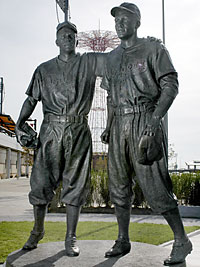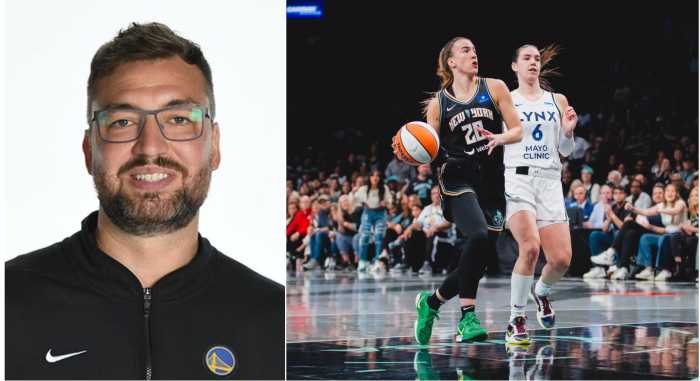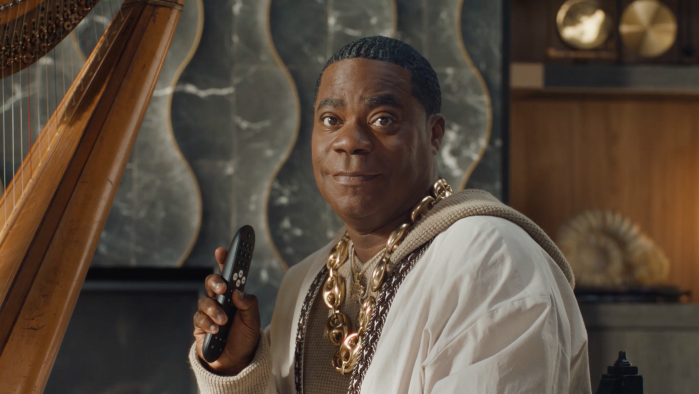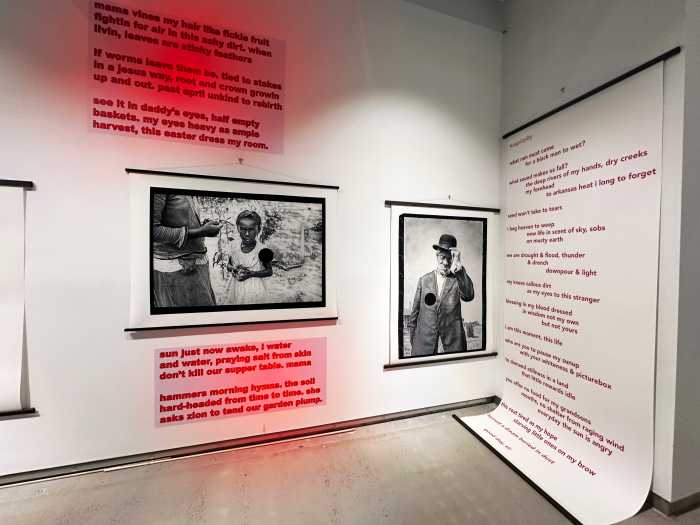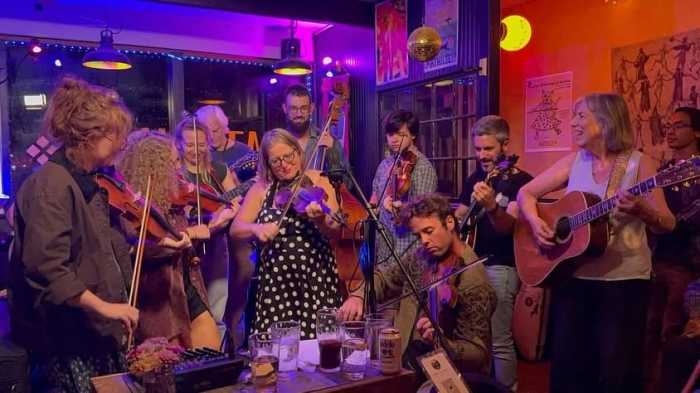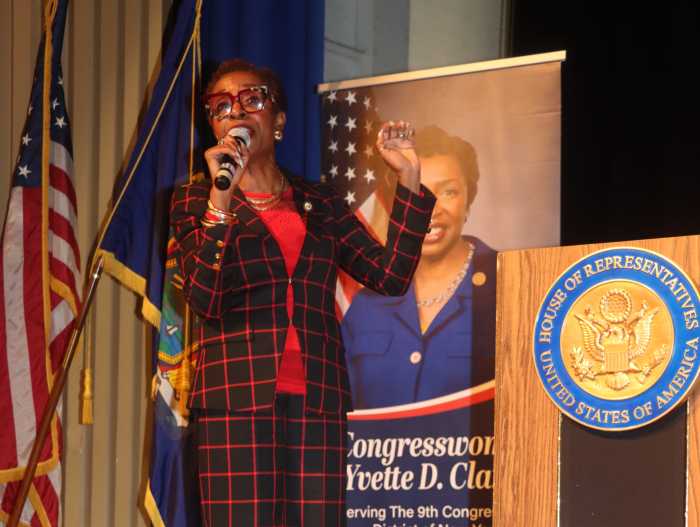Walk past the new Jackie Robinson and Pee Wee Reese monument outside Keyspan Park in Coney Island, and you’ll see a moment frozen in time.
But step closer, stop right in front of the monument, forget about your proposed destination, and accept an alternative — Crosley Field in Cincinnati in May, 1947.
As you gaze at the statue, the portrayal of Reese and Robinson shifts from monument to man, from legend to living moment, from bronze to flesh.
The Dodgers have just arrived in Cincinnati to start a series with the Reds after a stop in Philadelphia where Ben Chapman, the Phillies’ manager, viciously berated Robinson, the first black player in modern baseball, with despicable racist venom.
And now in Ohio, the fans, many of them from Reese’s home state of Kentucky just across the river, have been cruelly taunting Robinson with vile epithets, as have some of the Reds’ players. Over the past few months, Robinson has been the subject of death threats, some of them naming the inning in which he will be shot.
Knowing all of this, Reese leaves his position at shortstop, crosses the diamond to the first baseman Robinson, and places his arm around his shoulders — the legendary moment the statue captures.
Now take a closer look.
Robinson’s right hand rests along his right leg, not with the fingers open in a relaxed state, but with the three lower fingers closed — indicating the beginnings of a fist. Only the index finger remains open, leaving Robinson’s hand in the configuration of a child mimicking a pistol.
In this case, Robinson’s hand isn’t imitating a pistol.
In fact, his open index finger, if closed, would signify an open gesture of hostility — hostility that could light a powder keg of violence that would ruin Branch Rickey’s “noble experiment.”
But the index finger is not closed.
There is no fist.
“The right hand of the sculpture,” says Will Behrends, the monument’s sculptor, “shows restraint, Robinson’s greatest quality.”
When the Dodger executive Rickey signed Robinson in the fall of 1945, Rickey was looking for, in his words, a man with the courage not to fight back.
In Robinson’s first season, pitchers repeatedly threw at his head. Other players went at him with spikes. Through it all, Robinson consistently showed restraint.
Now, look the facial expressions on the statue — look at their eyes and put yourself in their place.
Reese and Robinson are not looking at each other. Instead, they appear to be looking either at the dugouts or into the stands, where many were taunting Robinson this very moment.
Robinson and Reese’s chins are proudly up, two recent veterans of a segregated military, now teammates standing shoulder-to-shoulder on a ball field across the river from heavily segregated Kentucky.
Reese knew that Robinson realized he had to restrain the impulse to fight back, by word, gesture, or physical confrontation, against the source of the abuse. And Reese, the captain of the team, felt for his teammate. He had to do something.
Of course, this was not such an easy thing to do. Reese himself had come into the crosshair of friends family members and even teammates who hated the fact that a black man was on the field. And now, walking across that field, with death threats well known, he might be, literally, walking into the crosshair.
So here comes Reese, not restraining his impulse to come to the aid of his friend, and here is Robinson, restraining his impulse to fight back, standing at first base.
Robinson’s face doesn’t turn to look at Reese. Robinson, unlike many of the crowd, is not in any way moved by Reese’s actions.
As Rachel Robinson said after the unveiling, “Jack wasn’t surprised by Pee Wee’s gesture. Jack expected that from a teammate and friend.”
Now the monument to the moment is permanently in place outside Keyspan Park.
But the term monument implies a static quality that is not exhibited in this statue. Instead, as fans of all ages come to the ballpark in future seasons to watch a baseball game, they will learn, or be reminded that, the far more important battle is outside the field of play.
The figures of Robinson and Reese vividly reenact a moment that lives again each time it is viewed.
A moment that Brooklyn Cyclones announcer Warner Fusselle terms “the single most important moment in sports.”
A moment in which two men, one casting off the restraints of his surrounding Jim Crow society, and the other restraining his inner urge to fight back, work together as teammates and friends, to defeat the opponent of injustice.
Jackie Robinson and Pee Wee Reese, back in Brooklyn, as teammates and friends, forever.
November 5, 2005 issue


